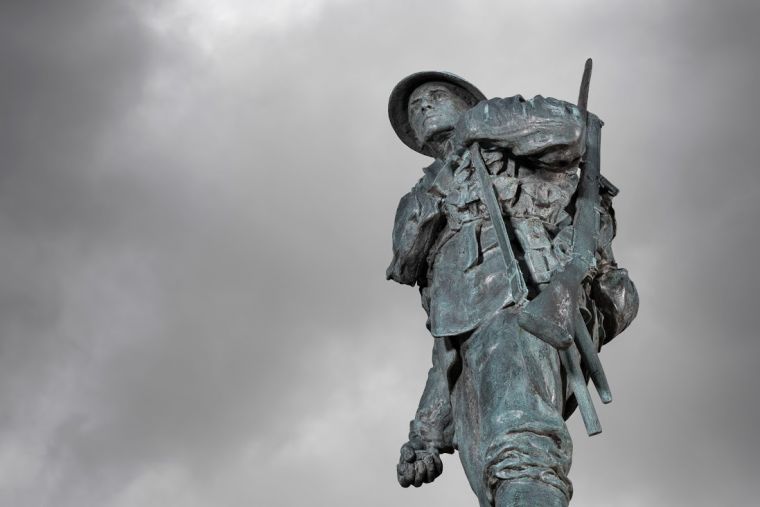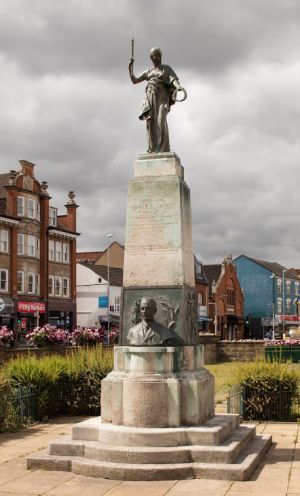Monuments to courage: England's Great War memorials listed on eve of Passchendaele commemorations
This weekend's centenary commemorations of one of the bloodiest battles of the First World War have also seen a new focus on the war memorials created at home to honour those who died.
The Battle of Passchendaele, or Third Ypres, saw British troops make repeated attacks on heavily-defended German positions across a battlefield rendered virtually impassable because of deep mud. Around half a million men became casualties on both sides and it has become an enduring emblem of the war.

The ferocity and horror of the battle is encapsulated in Siegfried Sassoon's famous line 'I died in hell – They called it Passchendaele'.
As part of the centenary commemorations of the war, the Department for Digital, Culture, Media and Sport has listed or upgraded 13 war memorials across England on the advice of Historic England, the public body that champions and protects England's historic places.
Among the five newly listed and eight upgraded memorials is the cross in Hamsterley village, County Durham (listed today at Grade II) which marks especially the death of Major Arthur T Watson whose family ran the nearby colliery. Watson had always wanted to be a soldier, but was initially thwarted because of the loss of his right eye in a shooting accident in Britain. He was badly wounded at the Battle of the Somme but recovered and returned to France in June 1917 and fought at the Battle of Messines. Eight weeks later, Watson died during the Battle of Passchendaele.
Watson had been given a transfer back home, but decided to say goodbye to his friends before he left. As he picked up a bundle of the soldiers' letters to take back with him, an enemy shell exploded nearby and he was mortally injured. He was buried at La Clytte Military Cemetery, Belgium, but remembered at home with an inscription on the memorial reading: 'The workmen of this Village wish to place on record their sorrow at the loss of their friend and Employer whose memory they will hold in affection for all time.'

Another new listing is the memorial to Edgar Roberts Mobbs (listed today at Grade II*) in Northampton – a rare example of a public war memorial dedicated to an individual.
Mobbs was a celebrated English rugby international who captained the Northampton Rugby union side in 1907-1913. When war broke out, the 32 year old Mobbs was refused a commission on age grounds. Undeterred and using his huge popularity and charisma, he raised his own 'Sportsman's Battalion' of 264 sportsmen (Mobbs' Own) in the Northamptonshire Regiment.
He fought at the Battles of Loos, Somme, Arras and Messines and was killed in action on July 31, the first day of the Battle of Passchendaele. His body was never found.
'The Finest Monument which can be erected to the brave dead is one which will benefit the living.' Taking this to heart, Lancastrians decided on a novel way to pay testament to the sacrifice made by members of the local community; they built a memorial village to provide accommodation and employment for disabled veterans, primarily those who had served with the city's local regiment (the King's Own Royal Lancasters). Westfield Memorial Village in Lancaster was formally opened by General Haig on November 24, 1924, and still operates as a charity and home for ex-servicemen to this day.
Roger Bowdler, Director of Listing at Historic England, said: 'Passchendaele was a truly grim affair, waged over three muddy, bloody months. It succeeded in wearing down the Germans and taking pressure off the French, but at a high cost in lives. These newly listed and upgraded memorials are just some of the tributes to the losses of so many.'











